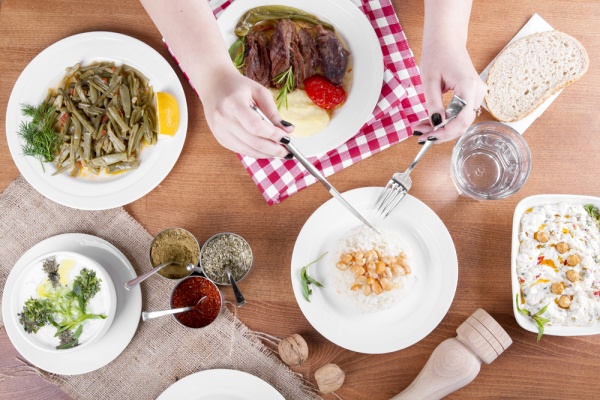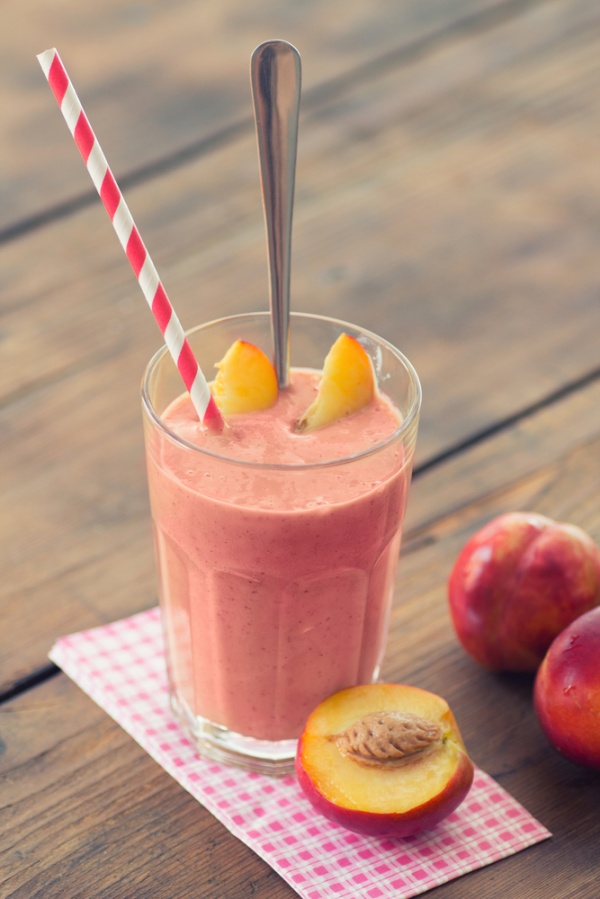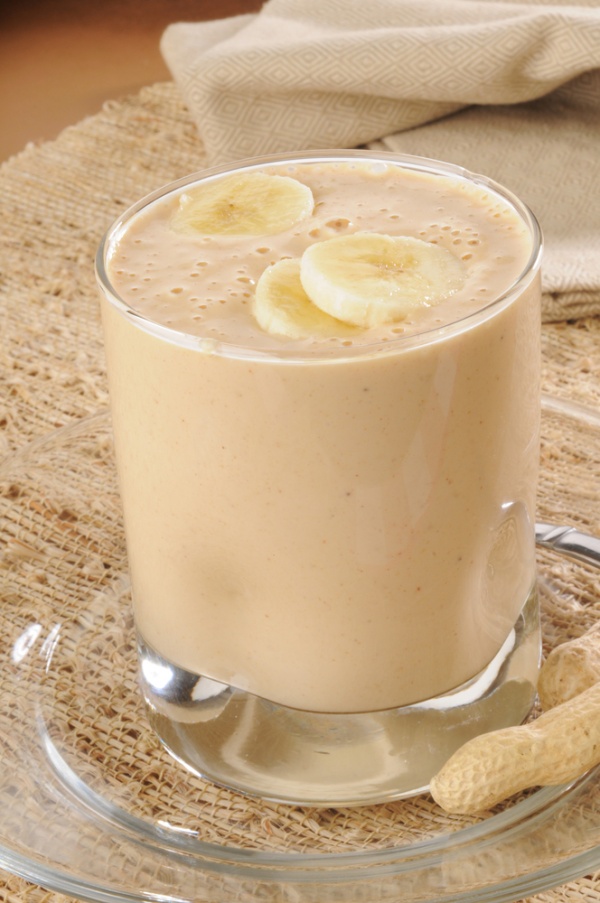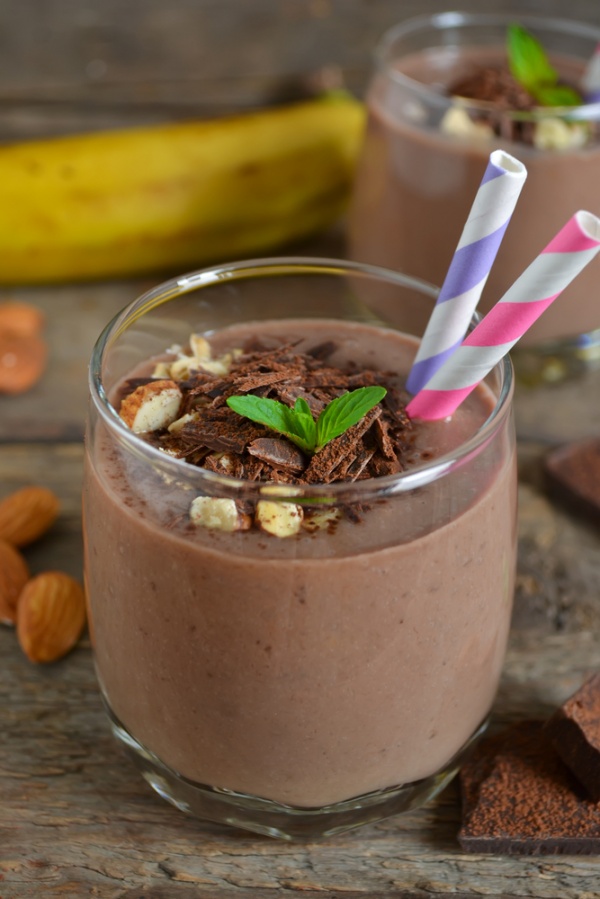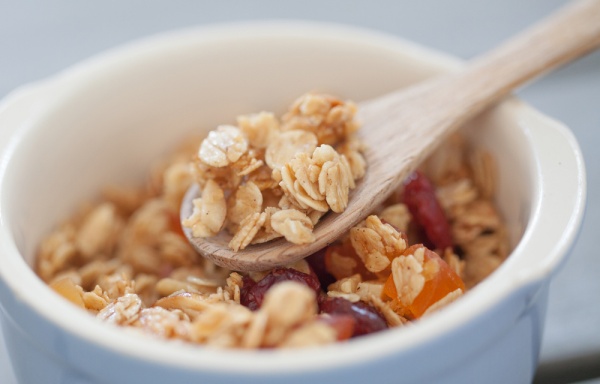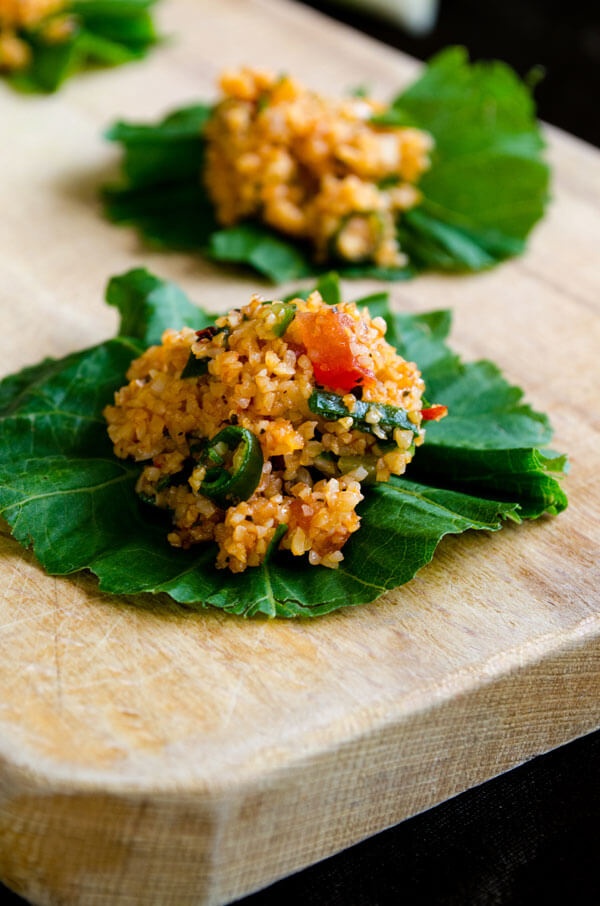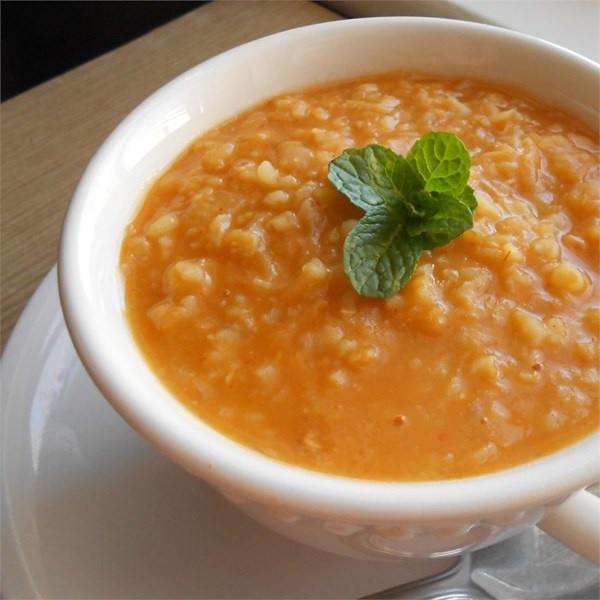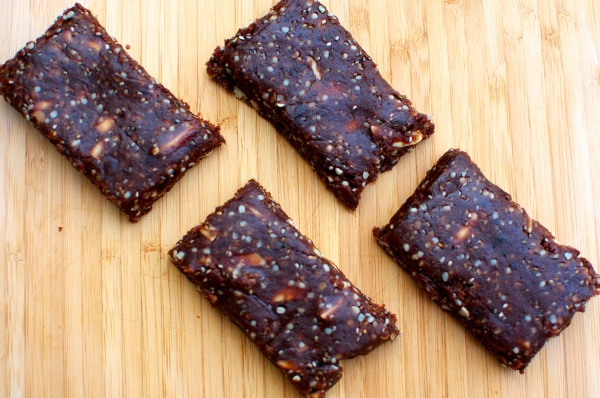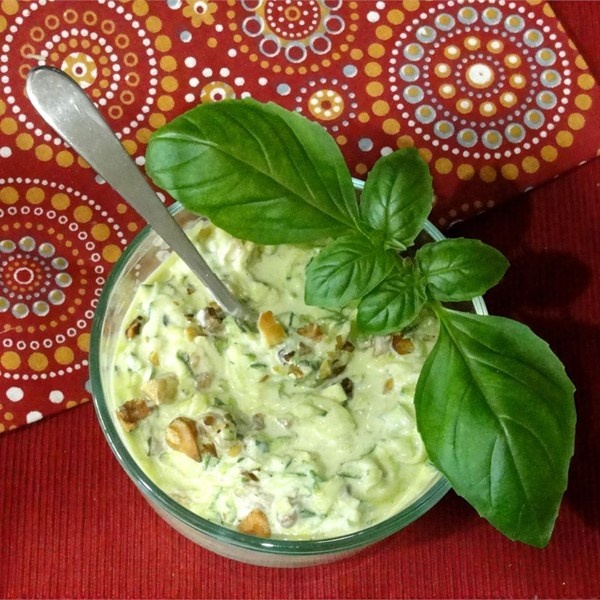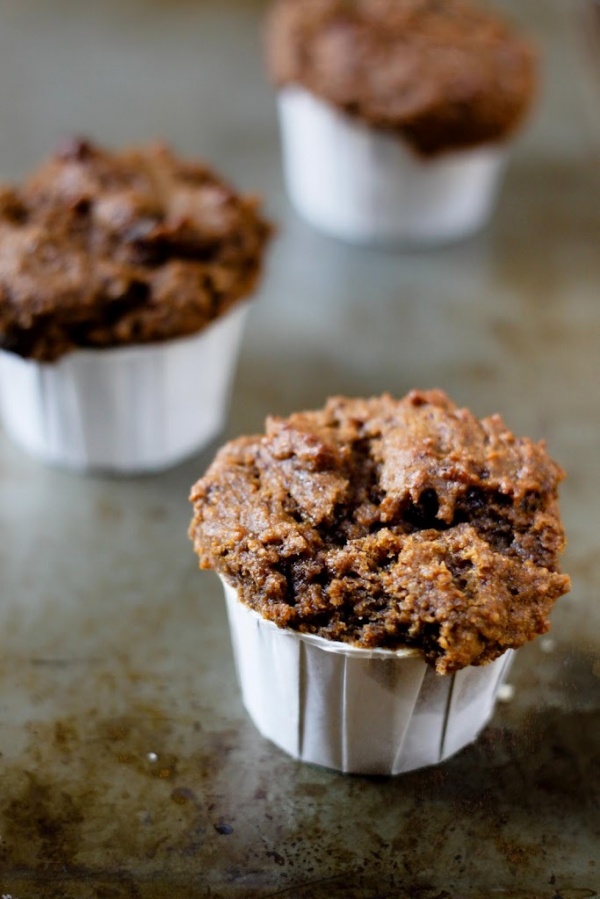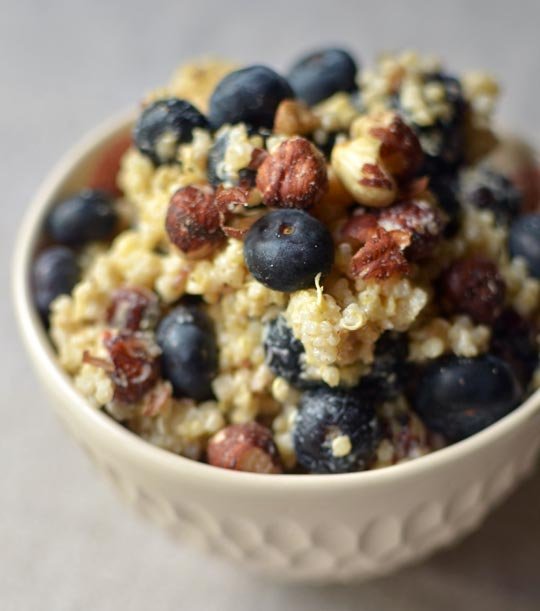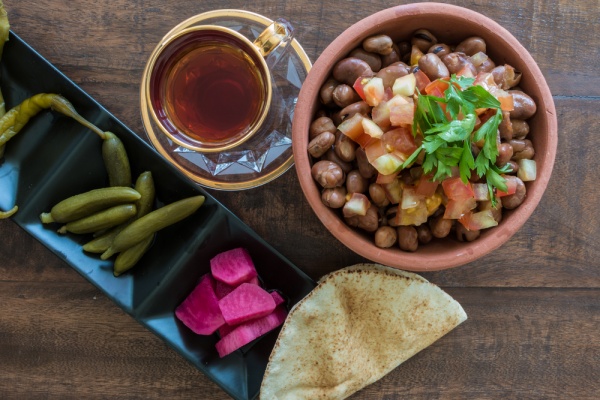As someone who doesn’t celebrate Ramadan, I can’t imagine eating and drinking nothing (even plain water) for almost 15 hours each day during the whole month. Well, it sounds hard. But after I did a little research, I start experimenting with different food combinations to figure out what it is best to eat to survive those 15 hours without meal and drink.
It turned out when you consume the right nutrients and drink the right drinks, fasting is not that hard. I have many friends who celebrate Ramadan so they give some advice too. So, here are a few ways you can keep your stomach healthy and happy during Ramadan.
1. Start your Suhoor with two glasses of lemon water
Starting Suhoor with plain water is healthy, but lemon water is a better choice. It kick starts your metabolism, helps to prevent nausea and heartburn (the two common symptoms during fasting), boosts immunity, increases your energy levels, and it is all thanks to powerful antioxidants found in lemon water.
2. Have a nutrient-dense smoothie
I am not talking about those skinny smoothies that help to lose weight. I am talking about the smoothies that will provide your body with the nutrients it needs to function properly throughout the day without a meal. With a host of smoothie recipes it not easy to find which one is nutrient-dense, so below some of the best ones:
Strawberry Mango Smoothie
Ingredients:
- 5 large strawberries, hulled
- 1 cup coconut milk or 1/2 cup Greek yogurt
- 1 mango, skinned and chunked
- 1 banana, peeled, sliced, and frozen
Watermelon Smoothie
Ingredients:
- 1½ cups watermelon
- 1 apple, peeled and cored
- 1 banana
- ¾ cup Greek yogurt
Fruit Smoothie
Ingredients:
- 1/2 cup Greek yogurt
- 1/2 cup blueberries
- 1 peach, pit removed, chopped
- 1 plum, pit removed, chopped
- 1 nectarine, pit removed, chopped
Peanut Butter Banana Smoothie
Ingredients:
- 1 cup coconut or almond milk
- 1 banana, peeled and sliced
- 1 tbsp peanut butter
Chocolate Banana Protein Smoothie
Ingredients:
- 1 cup coconut or almond milk (or 1/2 cup Greek yogurt)
- 1 banana
- 1 scoop chocolate protein powder
- 2 teaspoons stevia
- 1 teaspoon chocolate chips
Read also – 5 Reasons to Drink a Green Smoothie for Breakfast
3. Use more protein- and fiber-rich foods in your meals
Eggs, beans, whole grains, brown rice, oatmeal, nuts, seeds, berries, apples, yogurt, and vegetables are some of the best sources of protein and fiber. These are the key nutrients that help you feel full longer, provide energy and keep your gut healthy.
When cooking, make sure you use healthy fats like olive oil. Other sources of healthy fats are raw nuts, seeds, avocado, and fish. Check out the following recipes that will help you fight those perky hunger pangs:
Veggie Bulgur Salad (Kisir)
Get the recipe here.
Turkish Red Lentil ‘Bride’ Soup
Get the recipe here.
Moroccan Chickpeas With Chard
Get the recipe here.
Date Nut Bar (Gluten, Dairy, and Grain-Free)
Get the recipe here.
Zucchini Salad with Yogurt and Walnuts
Get the recipe here.
Not Your Grandma’s Bran Muffins
Get the recipe here.
Breakfast Grain Salad with Blueberries, Hazelnuts and Lemon
Get the recipe here.
4. Eat mindfully during Iftar
It is hard to avoid overeating during Iftar but try to eat in moderation. Have a well-balanced, nutritious meal and avoid drinking more than two glasses of water before the meal.
Drinking too much water when it is time to break the fast can harm your digestion and cause bloating. Avoid eating sugary foods, fried foods, and salty foods, which decrease your energy and make you want to drink water the next day.
Read also – 5 Ways to Start Eating Mindfully
5. Do not skip Suhoor
No matter how tempting it is, do not skip Suhoor. Yes, you want to sleep and you may not want to drink anything at 3 am, but remember it is the main meal of the day. Drink a glass of lemon water to jump-start your metabolism or relieve morning nausea, and have a nutrient-dense breakfast. Again, do not overeat.
If you celebrate Ramadan and have your own tips to make fasting easier on the stomach, please share them with us in the comments section.

